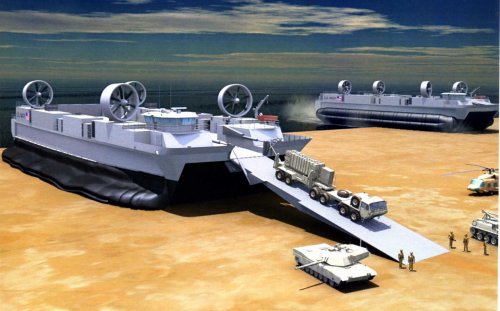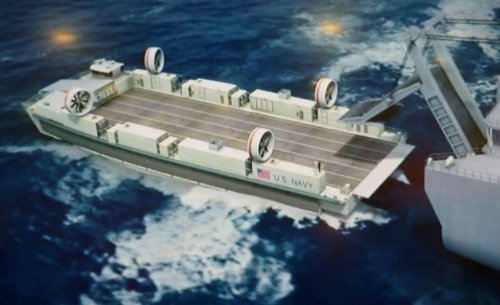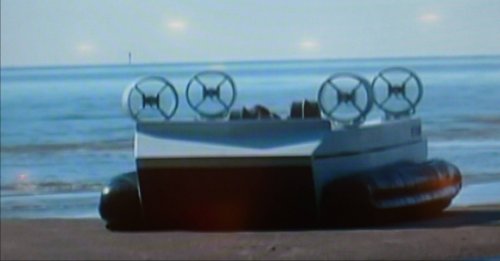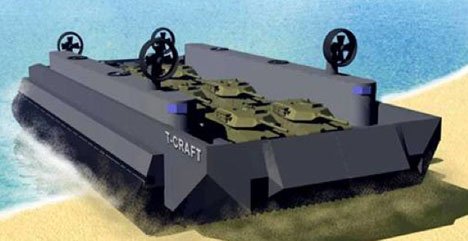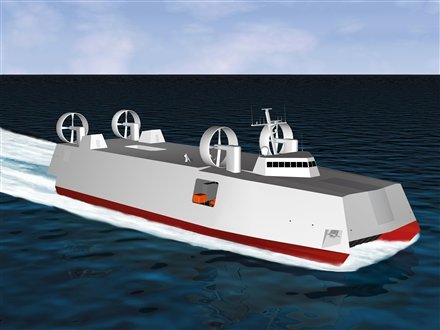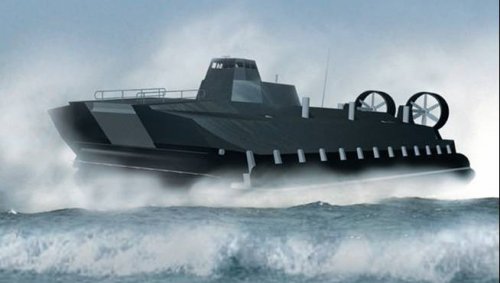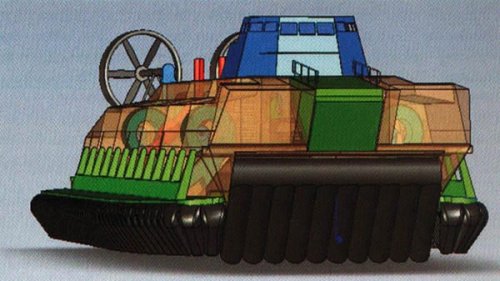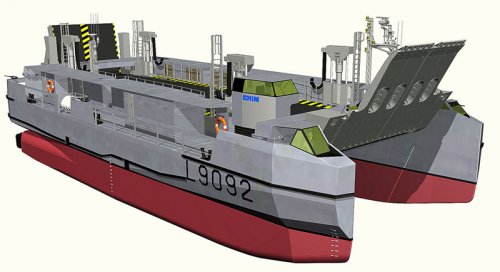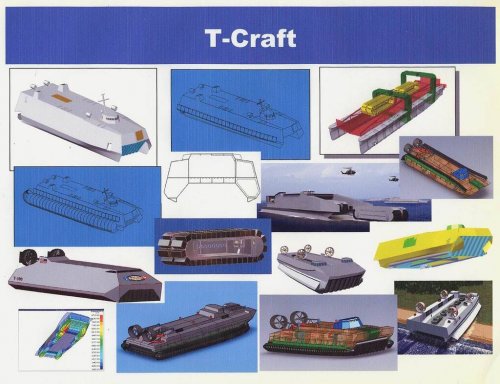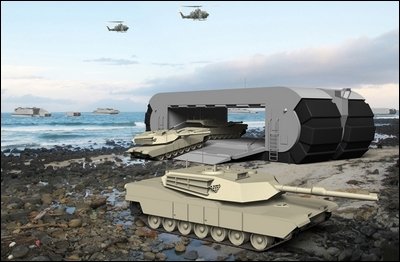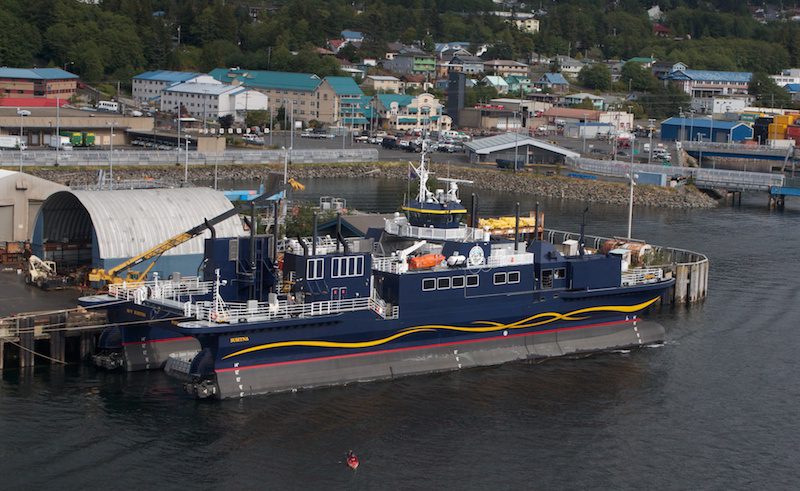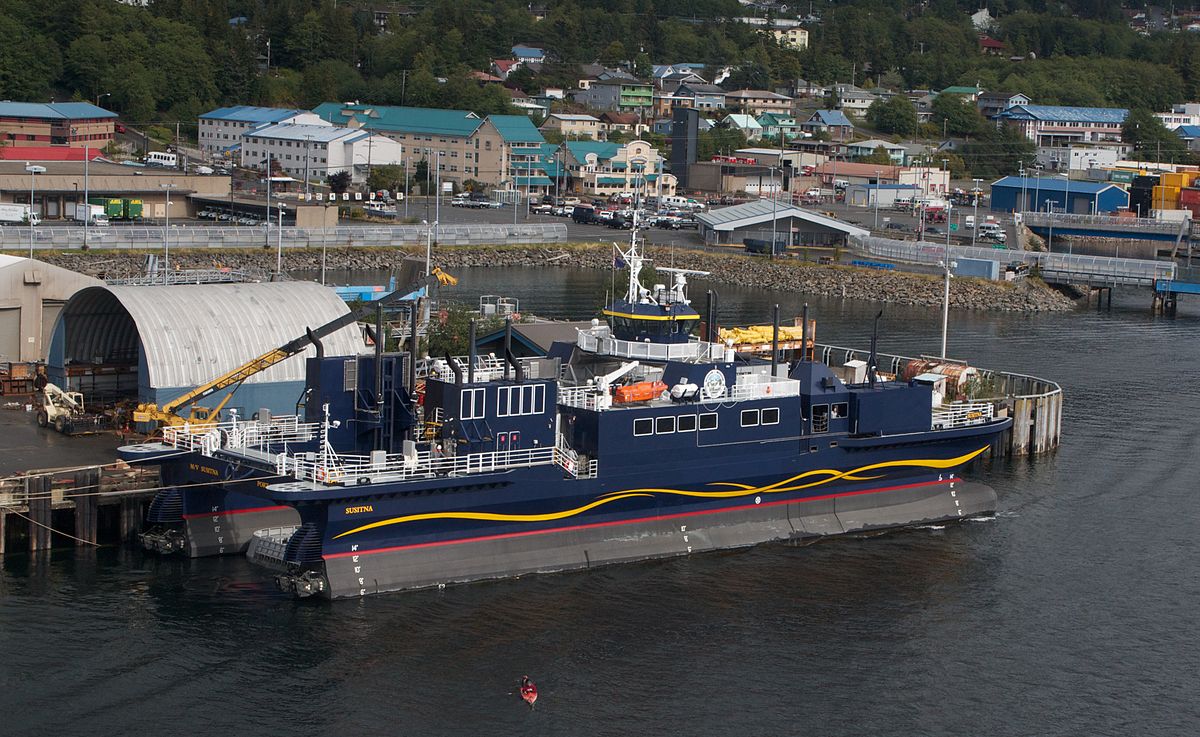Transformation Craft (T-Craft) Concept Study by Cynthia Marks et al., NAVAL SURFACE WARFARE CENTER CARDEROCK DIV BETHESDA MD SHIP SYSTEMS INTEGRATION AND DESIGN DEPARTMENT (Aug 2007)
Abstract:
Handle / proxy Url: http://handle.dtic.mil/100.2/ADA488102
Abstract:
The objective of the Transformation Craft (T-Craft) innovation team was to develop a conceptual craft that addresses the problem of transporting military vehicles at high speed from the Sea Base to troops inland. The role of T-Craft is to transfer rolling stock from a cargo transport ship at the Sea Base, carry it through the surf zone and onto the beach. T-Craft is intended to have a significantly greater payload capacity than previously developed concepts providing a feet dry ship-to-beach transport capability. Requirements also included a payload of up to ten M1A1 tanks, transit speeds of 20 - 25 knots and 40 knots, at ranges of 2,500 and 500 nm, respectively. The T-Craft must be operable in Sea State 6 and survive in Sea State 8. The Office of Naval Research has a T-Craft design program currently underway with four commercial contractors. None of the contracts awarded to-date are considering the use of a SWATH design. The innovation team has developed a 1,500 tonne SWATH concept design to provide an alternative approach to meeting the requirements. The concept is an aluminum-5086 structure that transforms from a SWATH ship at sea to an air-cushioned/tracked vehicle on the beach. This transformation requires that both SWATH hulls rotate vertically through 105 degrees and the deployment of an air cushion system. The vessel uses pumpjet propulsion at sea, powered by an integrated full-electric propulsion system. To improve flexibility, significant attempts to reduce onboard systems complexity were made. The final design was shown to be feasible in the critical areas of hull form, materials, general arrangements, weight, power systems, and stability.
Handle / proxy Url: http://handle.dtic.mil/100.2/ADA488102

